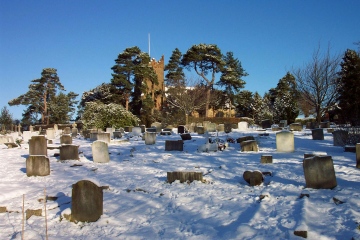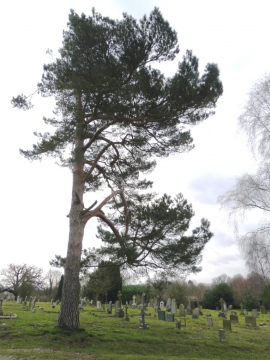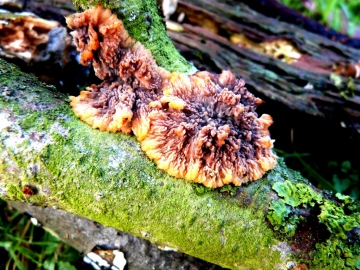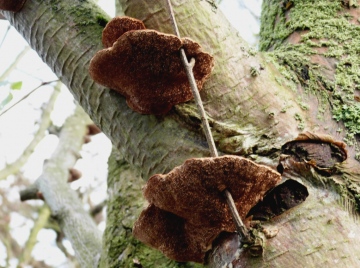The Normans certainly had defence in mind when they built the Nave as the walls are three feet thick and the five narrow windows are situated fifteen feet from the ground, an ideal position from which to rain arrows on rebellious Saxons, minor local uprisings being not uncommon nationwide following the Battle of Hastings. Uppity Saxons apart the old church has seen many a verbal battle over the centuries between the various incumbents, the church authorities and their tithe paying parishioners, squabbles which viewed from this distance in time often seem trivial, as indeed do many that bedevil the Anglian Church to this day.
No matter. It is a peaceful spot – the sort of churchyard where it would not seem amiss to picnic – and it is a joy to linger awhile on a Sunday morn, listening to the bell-ringers go through their paces, or to potter about enjoying the wildlife that thrives there. Alas, the church itself is no longer open to the public except on High Days and Holidays as last year there were a couple of thefts, including an antique chair valued at £200, and the doors are now locked. A few years previously the heavy oak Lych Gates were nicked and later turned up in a drug dealer’s house at Romford along with, curiously enough, a generator that had been stolen from our Bird Hut at Bradwell. Apparently the dealer was accepting various items from addicts in lieu of cash and then selling them on and it was probably one of his disgruntled clients that shopped him. The policeman in charge of the case reckoned that they cleared up sixty burglaries in one go and was chuffed to bits.
Anyway, pottering about was what I was doing this morning during the couple of hours of pleasant sunshine that preceded another bout of gales and rain. The Christmas storms had brought down numerous branches on the pines and other trees and I was cutting them up and rebuilding the log pile in the conservation area. There has been a terrible toll of the churchyard’s trees during the past decade and it is difficult to understand why. Prior to that the occasional tree had succumbed of course but the losses since then have averaged one a year. First to go was a magnificent Indian Cedar which, if I read the rings correctly, was planted at the time the coronation of George V. It was killed by Honey Fungus. A mature Silver Birch followed soon afterwards, attacked by Shaggy Scalycap and eventually polished off by Birch Polypore. A Horse Chestnut, Indian Horse Chestnut, two Japanese Cherries, two Swedish Whitebeams and a Beech followed in quick succession, on the last of which Mary found the remains of a Porcelin Fungus during the Club Waxcap Foray in November. The latest victims are a fine old False Acacia and the Scots Pine pictured here. The pine is under assault by three different parasitic fungi – Pine Firefungus, Root Rot and Dyer’s Mazegill – which seem to take it in turn to have a go from year to year. No wonder all the branches have fallen off one side of the tree!
Found a surprising number of common fungi on the rotting wood on the two log piles during my tidying up : Wrinkled Crust Phlebia radiata (below), Turkey Tail Trametes versicolor, Smoky Bracket Bjerkandera adusta, Crystal Brain Exidia nucleata, Coral Spot Nectria cinnabarina and the Blushing Brackets Daedaleopsis confragosa, pictured here, two of which seem to have engulfed the small branch in the foreground as they developed rather than the branch growing through them. This species is common everywhere, on all manner of dead or dying deciduous trees, but I found on consulting my records that it had not turned up in the churchyard before. One new addition in early January to a list that is approaching 300 was pleasing enough but I added two more before my work was complete : Mycena clavularis, a tiny white-capped species found growing on the mossy trunk of a recently toppled Japanese Cherry, and the Elastic Oysterling Panellus mitis, on the rotting branch of a Scots Pine. A very good start to the season!
As I left the churchyard the cloud was tumbling in from the west and the bare branches of the trees were being tossed about by the gale. A Mavis – my favourite winter songster – began singing from the trees that line the garden of the Old Rectory; a sad, wistful, quietly spoken refrain with none of the Song Thrush’s optimism for the coming spring, best heard at a distance when the clouds are gathering and the wind blowing, hence the old country name of Stormcock.



























